The top 10 essential spices every kitchen needs include cumin, paprika, turmeric, cinnamon, coriander, nutmeg, ginger, oregano, black pepper, and chili powder. These versatile seasonings transform bland dishes into flavorful masterpieces while offering science-backed health benefits. This guide covers their origins, uses, storage tips, and expert buying advice to elevate your cooking.
- The Ultimate List of Common Spices
- Spice Comparison Table
- Buying Guide: How to Choose the Best Spices
- Pro Tips for Storing & Using Spices
- Frequently Asked Questions About Common Spices
- Conclusion: Embrace the Spice Life
The Ultimate List of Common Spices
Discover the world's most versatile spices with their origins, flavor profiles, and culinary applications:
Cumin
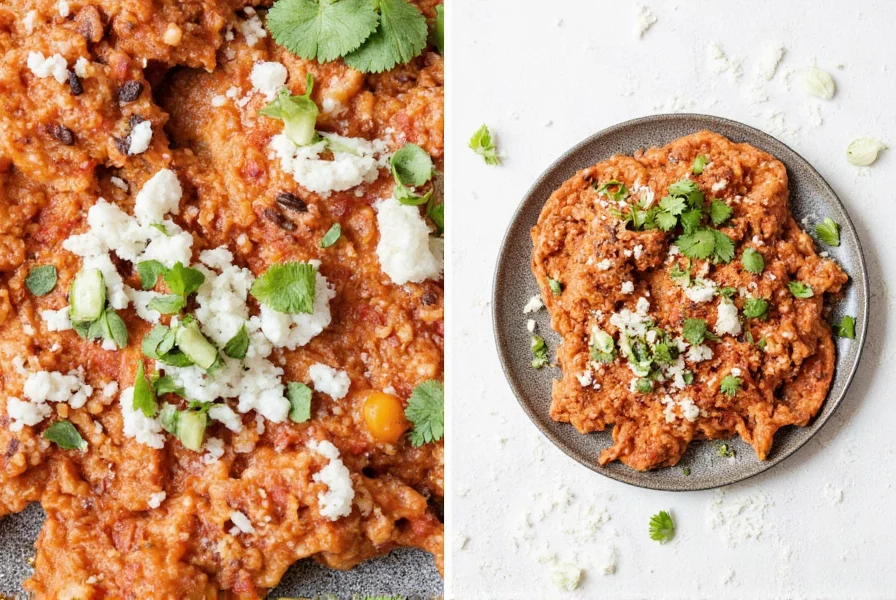
- Origin: Middle East, North Africa
- Flavor Profile: Earthy, nutty, warm
- Best Used In: Curries, chili, tacos, hummus
- Health Perk: Aids digestion and boosts iron levels (NIH Study)
Paprika
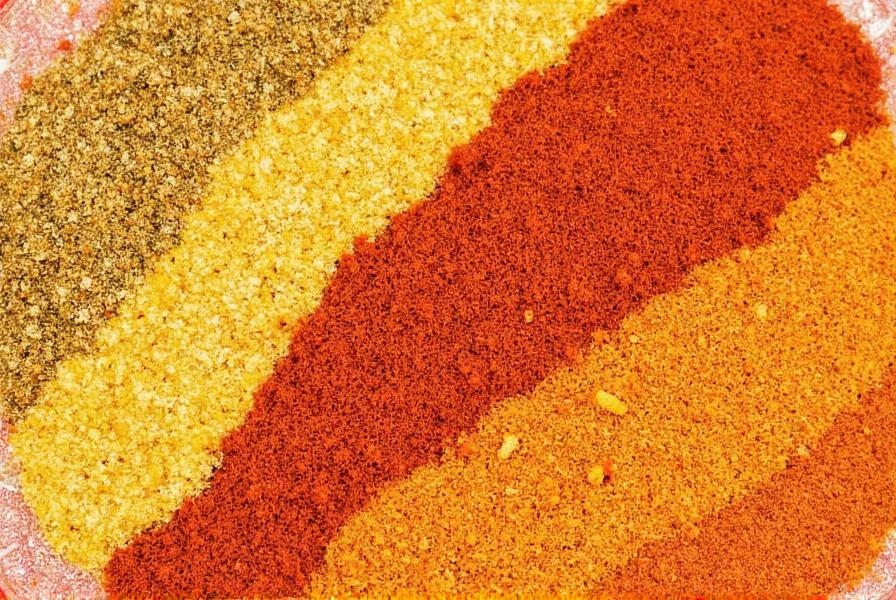
- Origin: Hungary, Spain
- Flavor Profile: Sweet, smoky, mild heat (varies by type)
- Best Used In: Goulash, paella, deviled eggs
- Fun Fact: Made from dried peppers — the color intensity depends on pepper ripeness
Turmeric
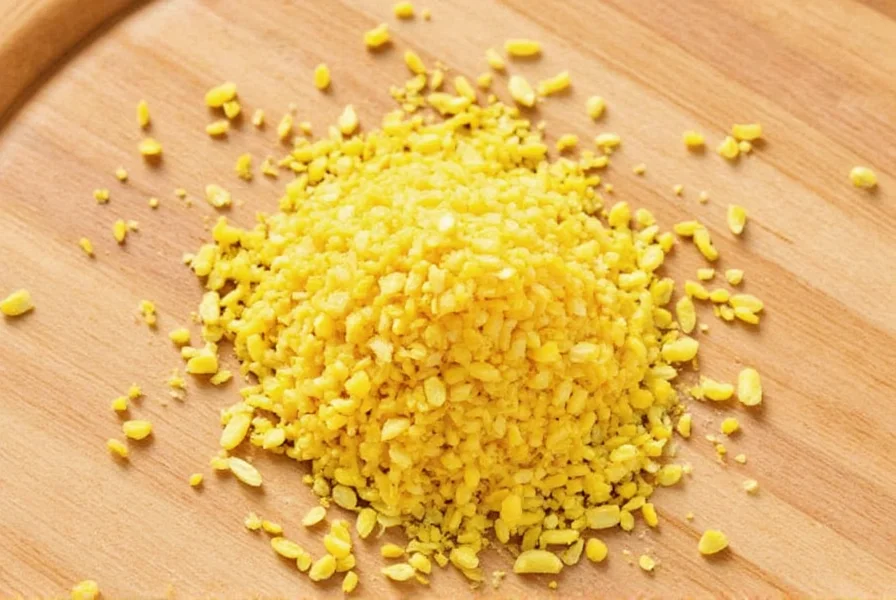
- Origin: India
- Flavor Profile: Earthy, peppery, slightly bitter
- Best Used In: Curries, rice dishes, golden milk
- Superpower: Contains curcumin — a potent anti-inflammatory compound (Mayo Clinic)
Cinnamon
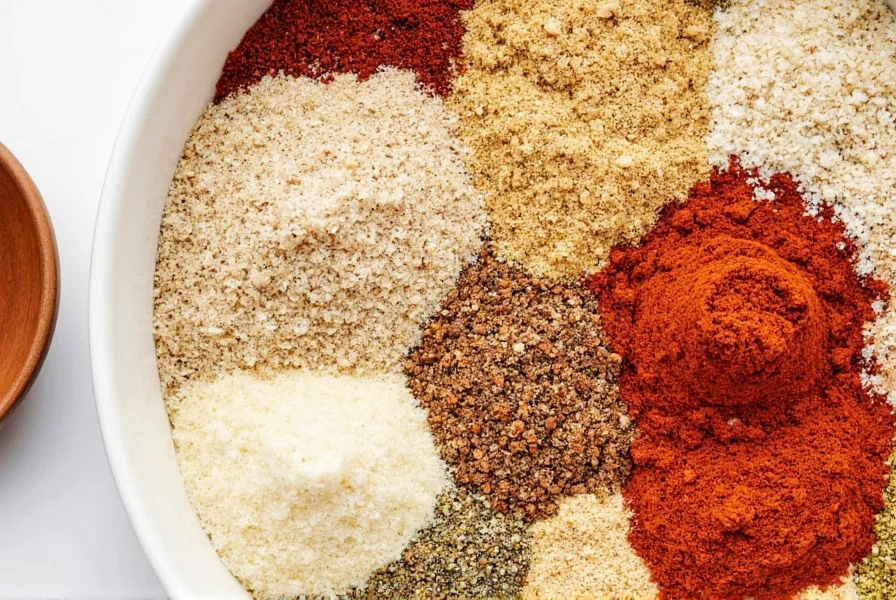
- Origin: Sri Lanka (Ceylon) and Indonesia (Cassia)
- Flavor Profile: Sweet, woody, aromatic
- Best Used In: Baking, chai tea, stews
- Did You Know? Ceylon cinnamon is considered higher quality and less bitter than Cassia (Healthline)
Coriander
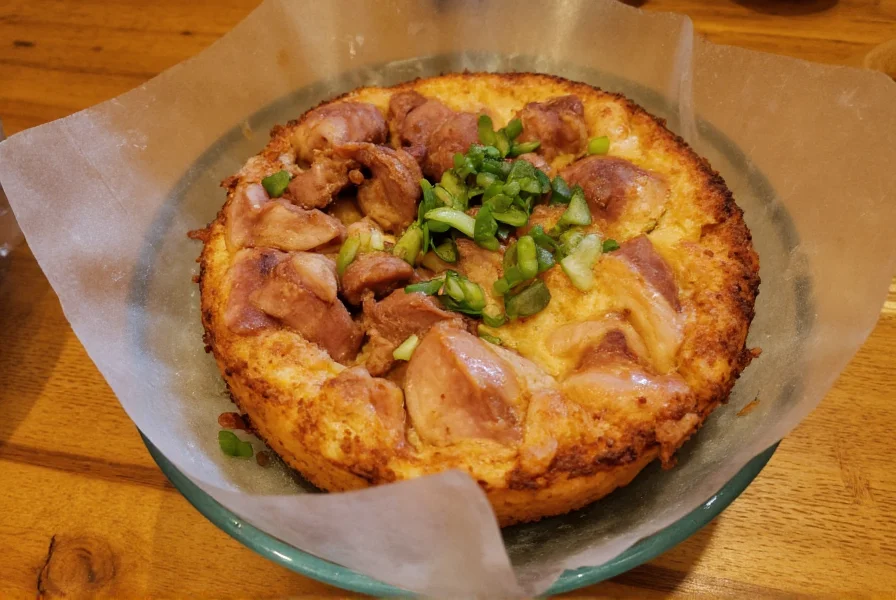
- Origin: Mediterranean and South Asia
- Flavor Profile: Citrusy, sweet, warm
- Best Used In: Curries, pickling, breads
- Pair It With: Cumin, turmeric, and cardamom
Nutmeg
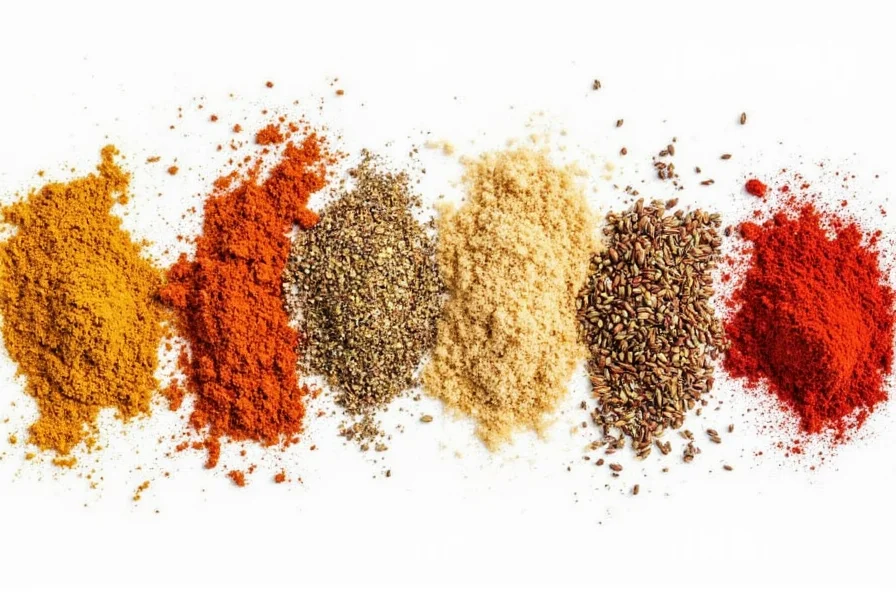
- Origin: Indonesia
- Flavor Profile: Warm, sweet, slightly nutty
- Best Used In: Baked goods, béchamel sauce, eggnog
- Warning: Use sparingly — too much can be overpowering
Ginger
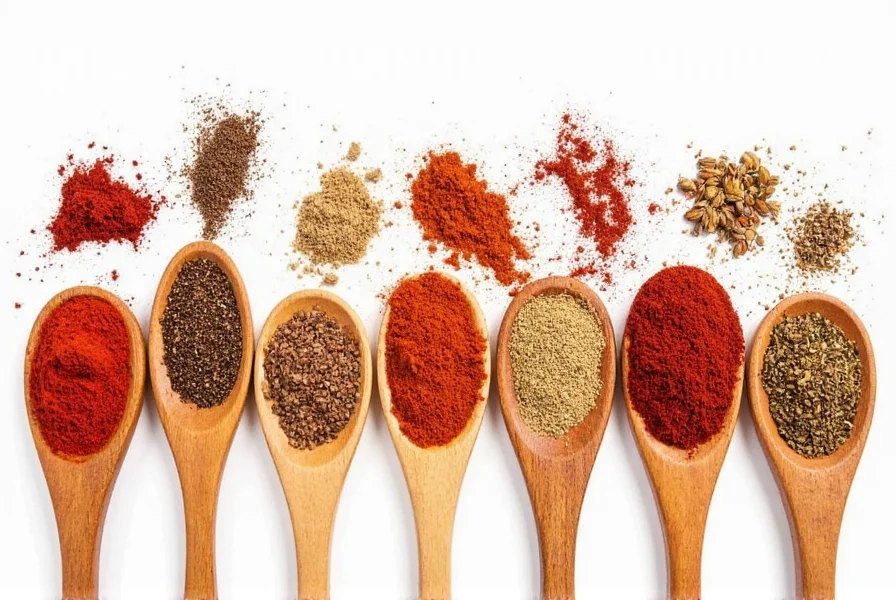
- Origin: Southeast Asia
- Flavor Profile: Zesty, sharp, spicy-sweet
- Best Used In: Stir-fries, marinades, teas
- Health Hack: Helps with nausea and inflammation (WebMD)
Oregano
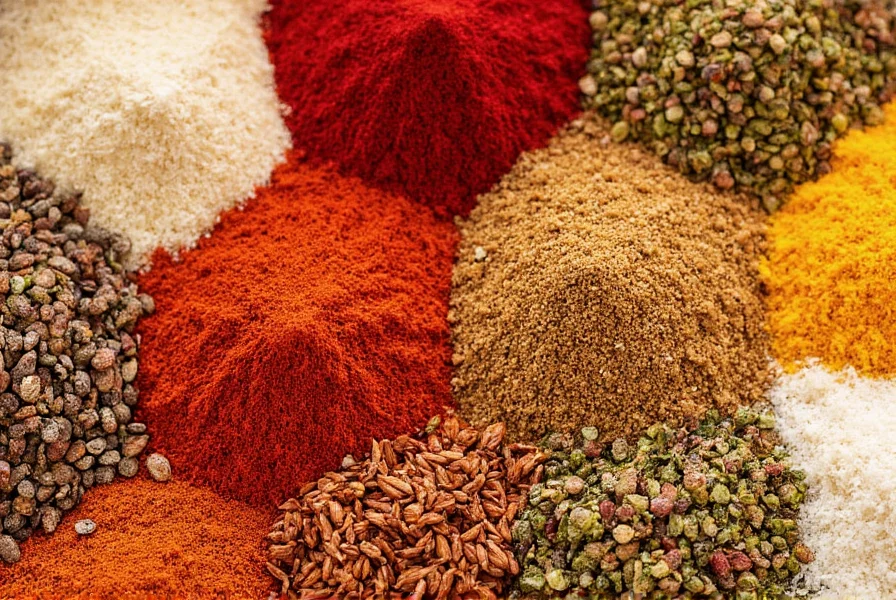
- Origin: Mediterranean region
- Flavor Profile: Pungent, earthy, slightly bitter
- Best Used In: Tomato sauces, pizza, grilled meats
- Dried vs Fresh: Dried oregano has more intense flavor than fresh
Black Pepper

- Origin: India
- Flavor Profile: Sharp, woody, pungent
- Best Used In: Almost everything — salt and pepper's perfect partner
- Boost Tip: Grind fresh for maximum punch
Chili Powder
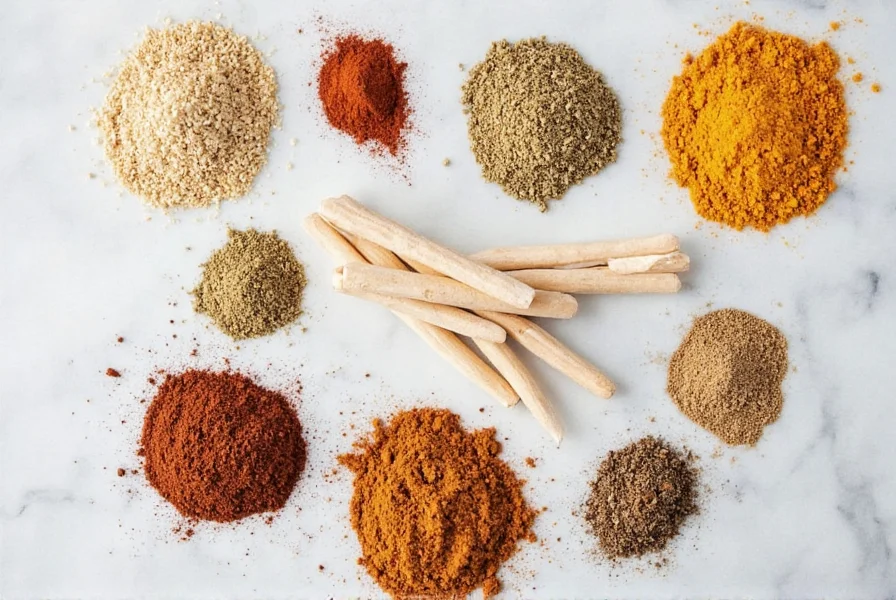
- Origin: Varies by blend (often Mexico or India)
- Flavor Profile: Spicy, smoky, sometimes tangy
- Best Used In: Tacos, enchiladas, chili con carne
- Heat Scale: Mild to fiery — always check the label!
Spice Comparison Table
| Spice | Flavor | Common Uses | Heat Level | Best Pairings |
|---|---|---|---|---|
| Cumin | Earthy, nutty | Curries, chili, falafel | Mild | Garlic, coriander, paprika |
| Paprika | Sweet, smoky | Goulash, paella, chicken | Mild to medium | Onions, olive oil, lemon |
| Turmeric | Earth, slight bitterness | Curries, golden milk, rice | Mild | Black pepper, coconut, ginger |
| Cinnamon | Sweet, woody | Baking, chai, lamb dishes | None | Honey, orange, clove |
| Coriander | Citrusy, sweet | Curries, pickling, breads | Mild | Cumin, cayenne, turmeric |
| Nutmeg | Warm, nutty | Eggnog, béchamel, custard | Mild | Cinnamon, cloves, vanilla |
| Ginger | Zesty, spicy-sweet | Stir-fries, teas, marinades | Mild | Garlic, soy sauce, garlic |
| Oregano | Pungent, earthy | Tomato sauces, pizza, grilled meats | Mild | Basil, thyme, garlic |
| Black Pepper | Sharp, woody | Almost everything | Mild | Salt, garlic, rosemary |
| Chili Powder | Spicy, smoky | Tacos, enchiladas, chili con carne | Mild to fiery | Cumin, oregano, garlic |
Buying Guide: How to Choose the Best Spices
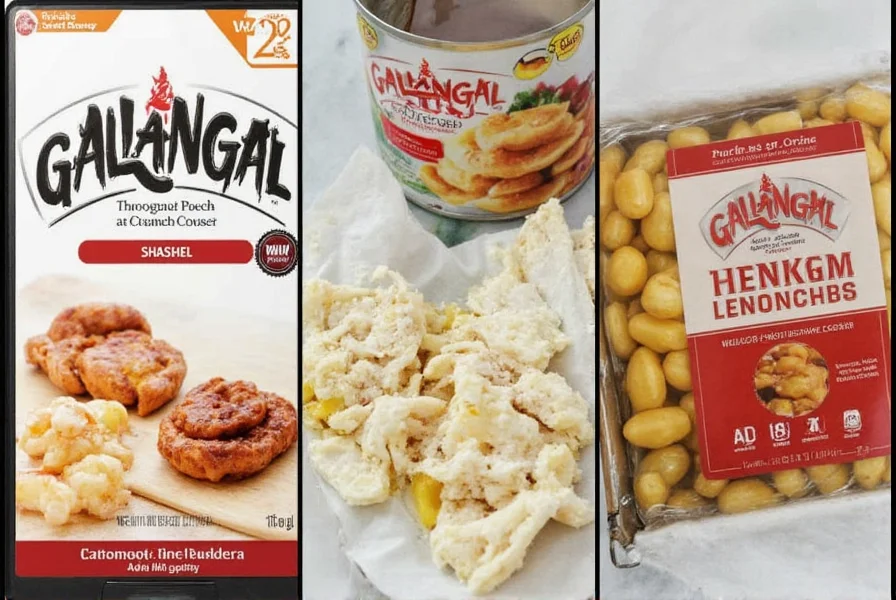
Not all spices are created equal. Here's how to find high-quality options that deliver both flavor and longevity:
Look for Whole Spices When Possible
Whole spices like cumin seeds, cinnamon sticks, and peppercorns retain their potency longer than ground versions. If you have a grinder or mortar and pestle, grinding them yourself just before use gives the freshest flavor.
Check the Expiration Date
Most ground spices last about 1–2 years, while whole spices can stay fresh for up to 4 years. Fresher spices = better taste. Look for packaging with a clear expiration date or "best by" stamp.
Opt for Organic Options (If Available)
Organic spices are grown without synthetic pesticides and often have richer flavors. While not mandatory, choosing organic can make a difference, especially for spices like turmeric and ginger, which are often heavily treated.
Choose Brands That Offer Transparency
- McCormick: Reliable and widely available; great for beginners.
- Penzey's: Known for freshness and bold flavor; worth splurging.
- The Spice Garden: Offers exotic blends and single-origin spices.
- Simply Organic: USDA-certified organic and ethically sourced.
Avoid Over-Packaged Deals
You might see massive sets of spices sold at a discount, but if you don't use them all regularly, they'll go stale. Buy only what you'll use within a year, unless you're planning on serious recipe experimenting.
Don't Be Afraid to Try International Markets
Asian, Middle Eastern, or Latin markets often carry spices that are fresher and more authentic. Look for bulk bins — you can sample small quantities before committing to larger purchases.
Pro Tips for Storing & Using Spices
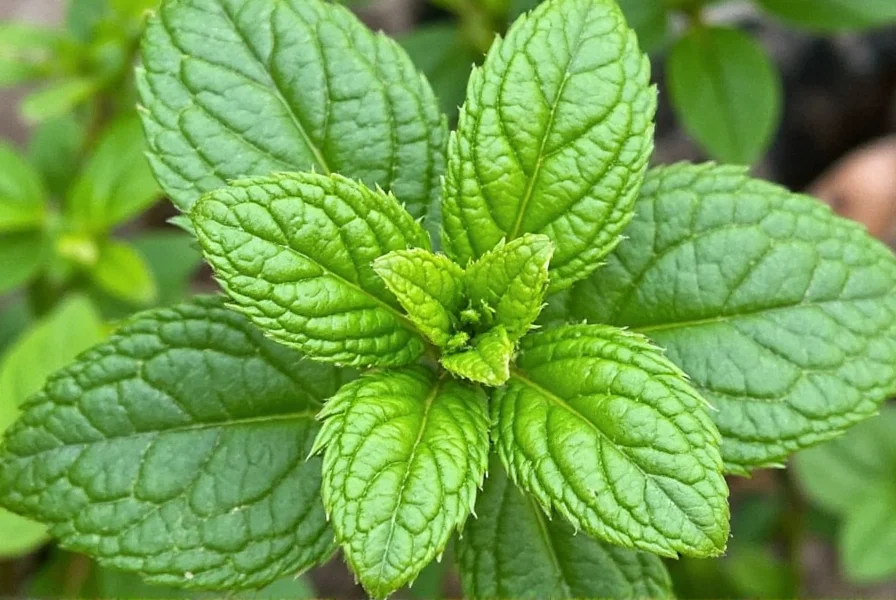
You've bought the spices — now keep them tasting great! Here are a few tips to preserve freshness and maximize flavor:
- Store in airtight containers away from light and moisture. Glass jars with tight lids work best.
- Avoid storing near the stove — heat degrades spices quickly.
- Label your spices clearly if you transfer them to new containers.
- Toasting spices in a dry pan briefly enhances their aroma. Try it with cumin or coriander seeds before grinding.
- Use the right amount — remember, a little goes a long way!
Frequently Asked Questions About Common Spices
What are the 10 most essential spices every kitchen should have?
Based on versatility and global usage, the top 10 essential spices include: salt, black pepper, garlic powder, onion powder, paprika, cumin, oregano, cinnamon, chili powder, and turmeric. These cover a wide range of cuisines and cooking applications from savory to sweet dishes. Food & Wine confirms these are foundational for home cooks.
How can I tell if my spices have gone bad?
Spices don't technically "go bad" in a safety sense, but they lose potency over time. Signs your spices may be past their prime include: faded color, weak aroma (if you can't smell them readily), and lack of flavor impact in dishes. A simple test: rub a small amount between your fingers - fresh spices should release a strong, characteristic aroma. The Spruce Eats provides detailed guidelines for spice freshness.
What's the difference between cumin and coriander?
While both are common in curry blends and Middle Eastern cuisine, they're quite different. Cumin has an earthy, warm, slightly smoky flavor, while coriander is citrusy, sweet, and floral. They come from different plants - cumin from the Cuminum cyminum plant, coriander from the seeds of the cilantro plant (Coriandrum sativum). They often complement each other but create distinct flavor profiles. Bon Appétit explains their culinary roles in depth.
Which spices have the most health benefits?
Turmeric (with curcumin for inflammation), ginger (for digestion and nausea), cinnamon (for blood sugar regulation), and garlic (for cardiovascular health) are among the most researched for health benefits. However, most spices contain antioxidants and phytochemicals that contribute to overall wellness when used regularly as part of a balanced diet. Healthline provides evidence-based research on spice health benefits.
Should I buy whole spices or ground spices?
For maximum freshness and longevity, whole spices are preferable. They retain their essential oils and flavor compounds longer. Grinding them just before use (with a dedicated spice grinder or mortar and pestle) releases the most vibrant flavors. However, ground spices are more convenient for quick cooking, so many chefs keep a combination of both - whole for infrequently used spices and ground for daily staples. Epicurious recommends this approach for professional chefs.
How long do spices actually last?
Ground spices typically maintain peak quality for 1-2 years, while whole spices can last 3-4 years. Dried herbs last about 1-3 years. The key factors affecting shelf life are exposure to light, heat, and moisture. Properly stored in airtight containers away from the stove and sunlight, spices will retain flavor longer. The "best by" date is a guideline, but your nose is the best judge - if they lack aroma, it's time to replace them. Food Network provides storage best practices.
Conclusion: Embrace the Spice Life
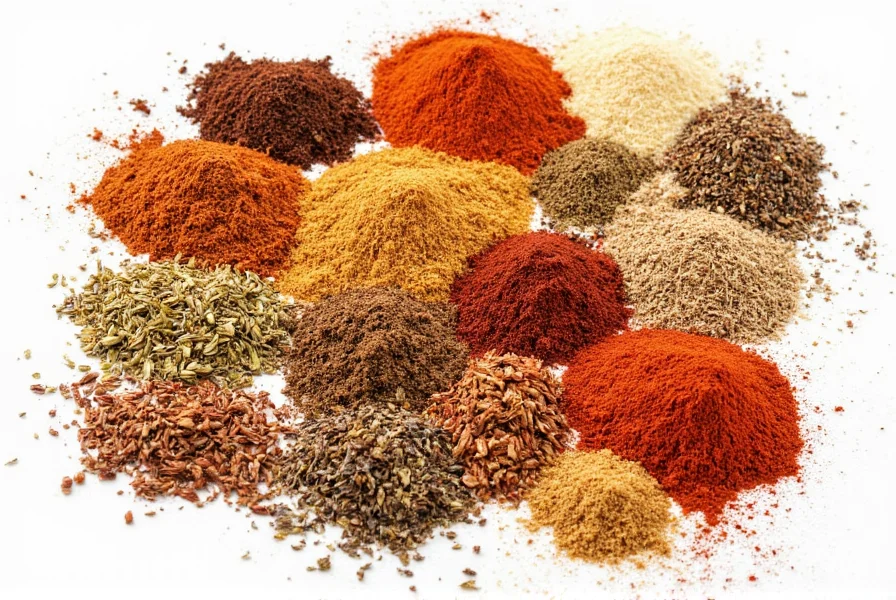
Spices are more than just ingredients — they're the soul of your food. Whether you're simmering a rich curry, roasting vegetables, or baking your favorite dessert, having a solid collection of spices at your fingertips opens up endless culinary possibilities.
From our curated list of common spices to the pro buying tips and storage tricks, you now have the tools to transform your cooking game. Don't be afraid to experiment, mix, and match spices to create your own signature blends. The world of flavor is wide open — so go ahead and spice things up!

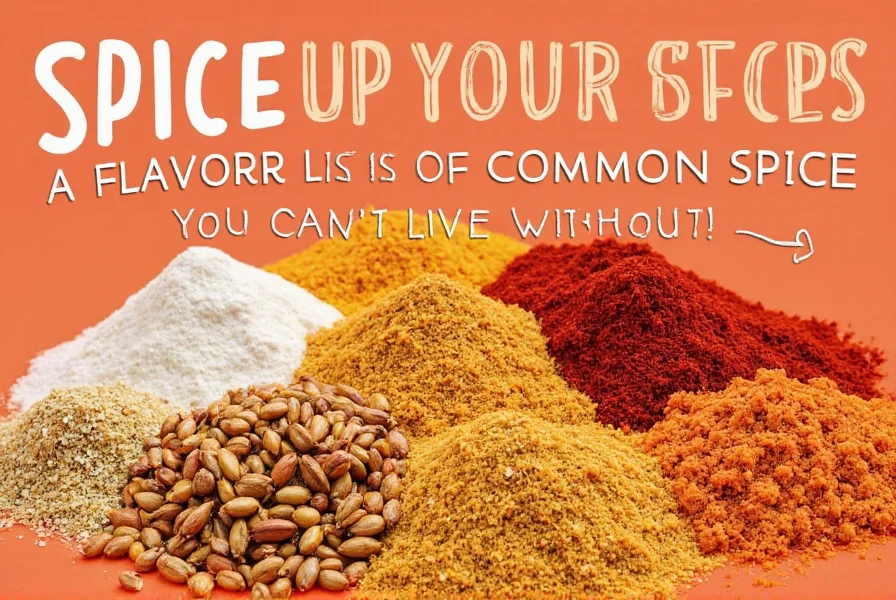









 浙公网安备
33010002000092号
浙公网安备
33010002000092号 浙B2-20120091-4
浙B2-20120091-4